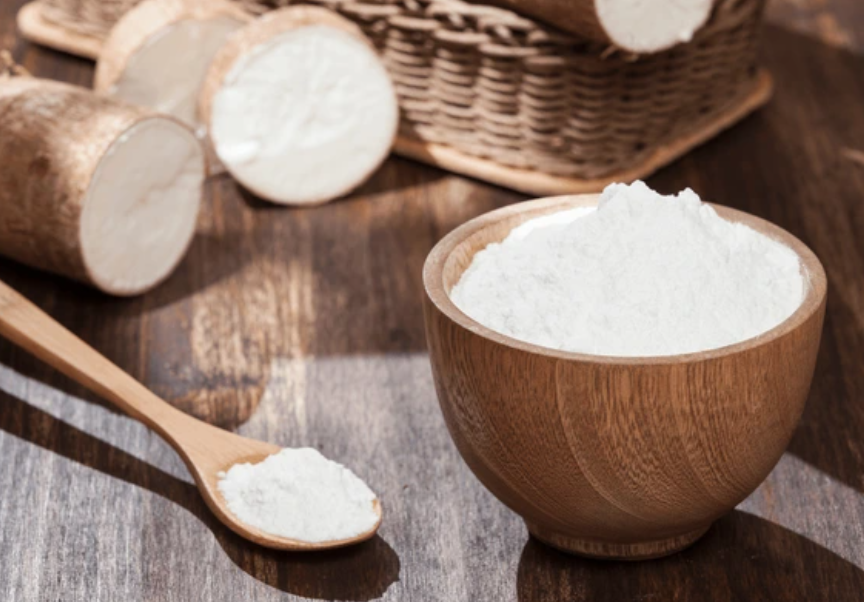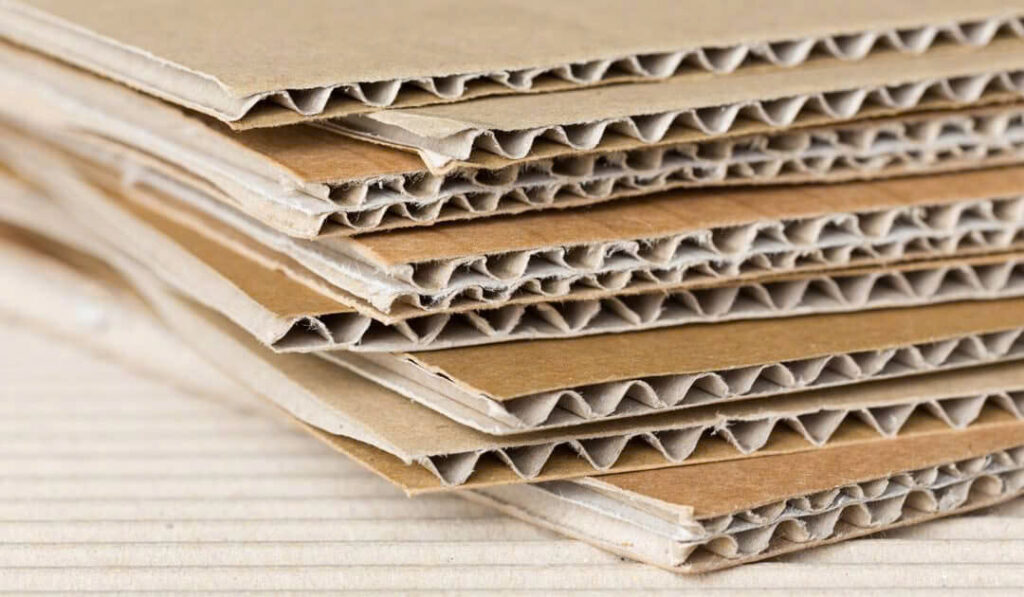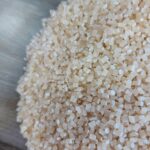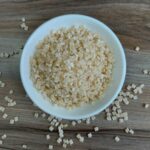CASHEW NUT SHELL OIL
In the ever-evolving paper manufacturing industry, maintaining and improving paper quality is paramount. One of the most effective methods to achieve this is by incorporating cationic tapioca starch into the papermaking process. This modified starch offers numerous advantages that enhance the strength and durability of the final product. In this blog, we will delve into the five key ways cationic tapioca starch enhances paper strength, making it a valuable asset for the industry.

Table of Contents
Toggle1. Improved Fiber Bonding
The primary function of cationic tapioca starch in papermaking is to enhance fiber bonding within the paper sheet. Paper is primarily composed of cellulose fibers, which, when bonded together effectively, create a strong and durable sheet. However, cellulose fibers naturally carry a negative charge, which can hinder the bonding process. This is where cationic tapioca starch comes into play.
Cationic tapioca starch carries a positive charge due to the introduction of cationic groups during its modification process. When added to the papermaking process, the positively charged starch interacts with the negatively charged cellulose fibers, promoting closer interaction and stronger bonds between them. This improved fiber bonding directly contributes to the overall strength of the paper, making it more resistant to tearing and breaking under stress.
2. Enhanced Retention of Fines and Fillers
In the papermaking process, fines and fillers are small particles that play a critical role in defining the paper’s properties, such as smoothness and opacity. However, retaining these particles within the paper sheet can be challenging, as they tend to be washed away during the formation process. The loss of fines and fillers not only affects the quality of the paper but also leads to wastage of raw materials.
Cationic tapioca starch improves the retention of fines and fillers by acting as a binding agent. Its cationic nature helps to capture and hold onto these small particles, ensuring that they remain embedded within the paper sheet. This retention not only enhances the paper’s strength but also improves its surface properties, leading to a smoother and more uniform product. Additionally, by reducing the loss of valuable fines and fillers, manufacturers can achieve cost savings and reduce the environmental impact of their operations.
3. Increased Wet Strength
Wet strength is a critical parameter for many types of paper, especially those that need to maintain integrity when exposed to moisture. Examples include paper towels, packaging materials, and labels. In such applications, the ability of the paper to resist disintegration when wet is essential.
Cationic tapioca starch contributes significantly to improving wet strength. During the paper production process, this starch forms a network with the cellulose fibers, creating a barrier that prevents water from penetrating and weakening the fiber bonds. The cationic nature of the starch also helps it adhere better to the fibers, even in the presence of water. As a result, paper treated with cationic tapioca starch maintains its strength and structural integrity when wet, making it ideal for moisture-resistant applications.
4. Enhanced Paper Surface Strength
Surface strength is an important aspect of paper quality, particularly for products that will undergo further processing such as printing or coating. Poor surface strength can lead to issues like picking (where fibers are pulled away from the paper during printing), linting, and dusting, all of which can compromise the final product’s appearance and performance.
Cationic tapioca starch helps improve the surface strength of paper by creating a stronger, more cohesive surface layer. When applied as a surface treatment, the starch forms a protective film that binds the fibers together more securely, reducing the likelihood of fiber detachment during subsequent processing. This results in a smoother, more durable surface that can better withstand the rigors of printing and coating, ensuring a high-quality finished product.
5. Optimized Dry Strength
While wet strength is crucial for certain applications, dry strength is equally important across all types of paper products. Dry strength refers to the paper’s ability to resist breaking, tearing, or deforming when dry. This is particularly important for applications like packaging, where the paper must withstand handling, folding, and other mechanical stresses.
Cationic tapioca starch enhances dry strength by reinforcing the fiber network within the paper sheet. The starch molecules penetrate the fiber matrix, filling in gaps and creating additional points of contact between fibers. This results in a denser, more interconnected fiber structure that provides greater resistance to mechanical forces. By optimizing dry strength, manufacturers can produce paper that is not only strong but also more versatile and reliable in a wide range of applications.

Conclusion
Cationic tapioca starch has proven to be a valuable tool in enhancing paper strength across multiple dimensions. From improving fiber bonding and retention of fines to boosting wet and dry strength, this modified starch plays a crucial role in ensuring that paper products meet the high standards demanded by today’s markets. By incorporating cationic tapioca starch into their processes, paper manufacturers can achieve superior quality and performance, making their products more competitive and sustainable in the long term.
Whether you are looking to improve the durability of packaging materials, the resilience of wet applications, or the overall strength of your paper products, cationic tapioca starch offers a versatile and effective solution that meets the industry’s diverse needs.












